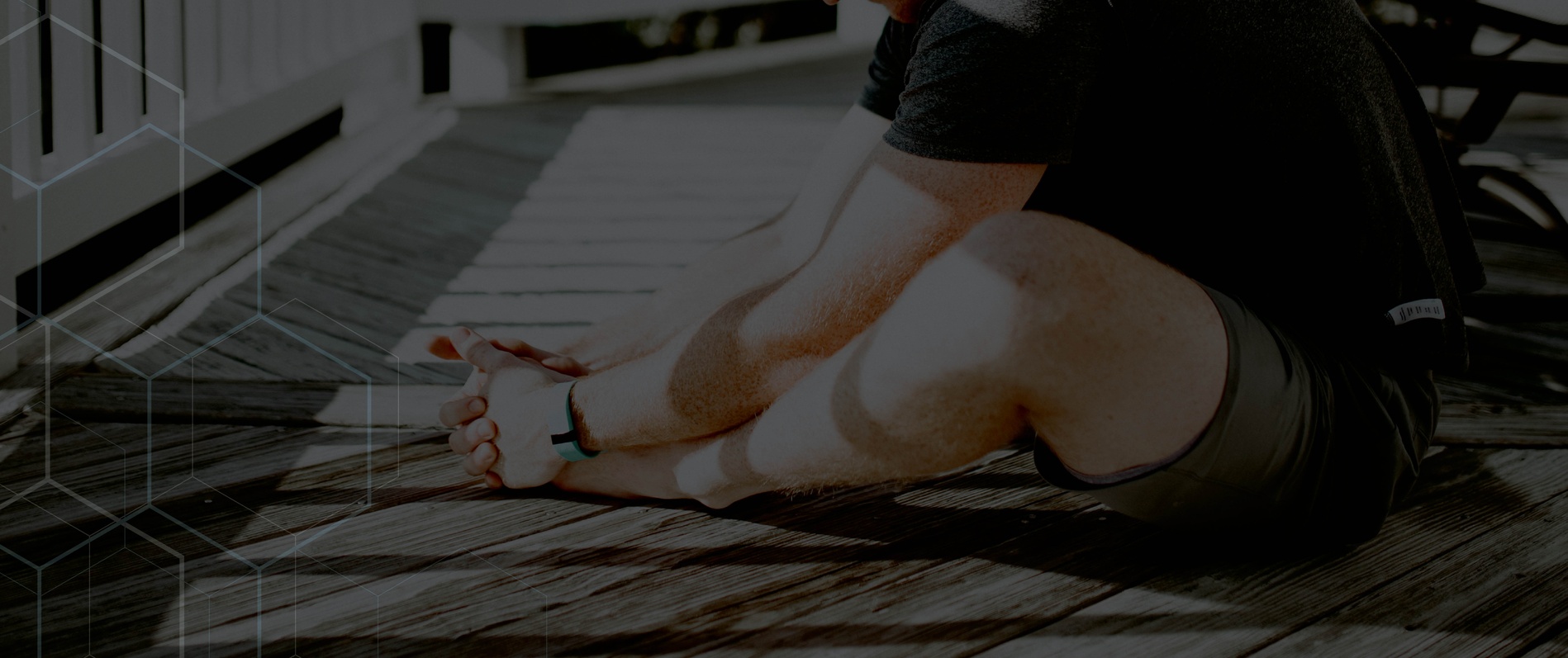
LOW BACK EXERCISES
Session 7
Session #7 begins by performing Self Myofascial Release series A.
You will also go back to your session #3 stretches and repeat series C for Flexibility. You should experience increased range of motion from the first time you performed these stretches.
Your mobility work begins with the half kneeling adductor dip to increase ankle mobility. Place your foot underneath or just behind the knee to achieve enough range of motion. As an added bonus, you will also get some flexibility benefits in the groin from this movement. You will repeat the sagittal split squat mobility drill from session #4 with the objective of experiencing more efficient and functional movement this time around. You will also repeat the single leg dead-lift movement for hip mobility. The cradle walk is introduced today for external rotation of the hip as the opposed to the internal rotation trained with the knee to knee and windshield wiper drills. This will function as a more dynamic version of the seated 90/90 stretch that you performed in Flexibility series D. Pay close attention to the hand placements on the leg before pulling up, and be sure to hold posture and not be too aggressive with the rotational movement of the hip. The wall slide is introduced for thoracic mobility in conjunction with a clean scapular glide and movement at the shoulder. This can be compared favorably to the doorway slide of previous sessions. The crouched t-spine rotation is a progression from the quadruped t-spine rotation. You will notice that you’ll feel more restricted from the crouched position than you did from the quadruped position, because you are eliminating any possible compensation from the lumbar and hips.
For activation, you will first progress from the bent-knee and straight-knee hip extensions to a bird-dog movement in which you add a reach from the opposite-side arm, which will require more stability and activation from the core to perform effectively. The hip circle is performed from a quadruped position. The objective is to stabilize the spine while seeking as much rotational range of motion through the hip in both directions. For the prone lower trap, you assume the anatomical position face down and recreate the standing posture drill that you performed in the first couple sessions. The horizontal band pull-apart will also be utilized to activate the muscles of the upper back, including the lower trapezius. You will create more glute medius activation in the next drill by adding a band for resistance to the clam. And, finally, you will move your fulcrum position forward requiring more activation from the motor units of the back extensor muscles.
For you first strength training movement, we will take the shoulder press from a kneeling position to the stability ball, adding new dynamic of instability to resolve. It will be chased with a thoracic mobility drill, the crouched rotation. Next, you will perform the split squat again, but this time you will progress from the goblet hold to a dumbbell hold by your side with both arms. Be sure to focus on maintaining your posture for the entire set rather than allowing your shoulders to roll forward because of fatigue. Core activation and hip rotational mobility will be reinforced afterward with the quadruped hip circle. Today, your single arm row will progress to a half kneeling position, requiring more stabilization efforts from your core. Lower trapezius activation will be reinforced afterward with the prone lower trap. The final strength training movement to be performed in today’s session is the suitcase dead-lift. You will notice that it utilizes the same hip hinge pattern already trained in previous exercises such as the pull-through. You will be holding only 1 dumbbell to force your core to stabilize your spine and resist rotation. The “filler” that follow is the single leg dead-lift to reinforce hip mobility.
Your session will conclude with Exit Work as you choose 1 or more components of your Prep Work and repeat the process to emphasize clean movements once again.